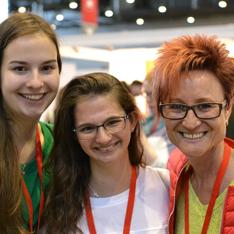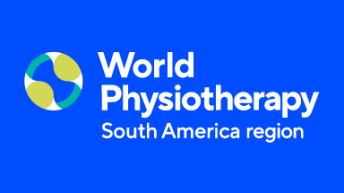
South America region
South America region has physiotherapy associations from 12 countries/territories
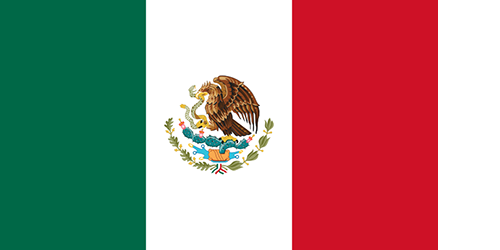
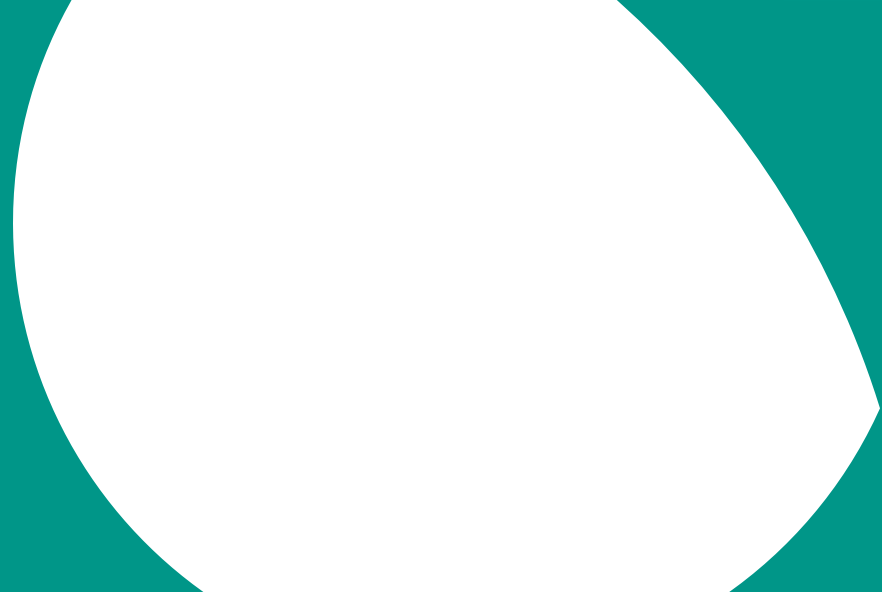
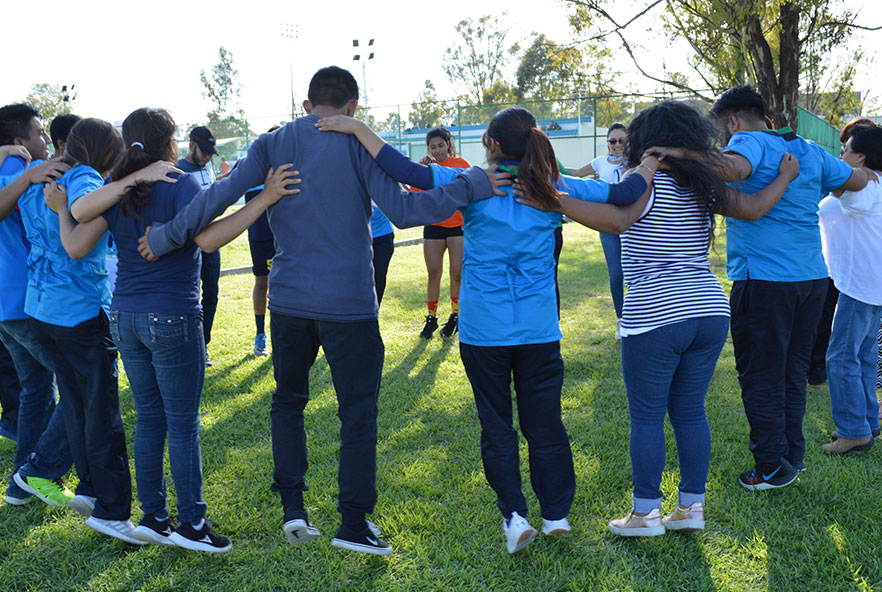
AMEFI Colegio Nacional de Fisioterapia/Mexican Association of Physiotherapy has been a member of World Physiotherapy since 1970 and is part of our South America region. The association dates back to 1955 and was called the Mexican Association of Physical Therapy and Rehabilitation until 2002, when it became the Mexican Association of Physiotherapy.
In 2013 it became AMEFI National College of Physiotherapy and Physical Therapy.
The Mexican Association of Physiotherapy, or its national special interest groups, are members of the following specialty groups recognised by World Physiotherapy:
1955
1970
2024
691

 [email protected]
[email protected] (222) 211 60 62
(222) 211 60 62
Primary contact
President
35,528
2.77
68%
In this country/territory
In this region
Globally
691
67%
In this MO
In MOs in this region
In MOs globally
Bachelors degree
5
283
Contact the Mexican Association of Physiotherapy. National College of Physiotherapy and Physical Therapy A.C. for details on entry-level educational programs in Mexico.
* = Continuing Professional Development
The regulator of all professions is the Dirección General de Profesiones (DGP) of the Ministry of Public Education(SEP), which grants the title and professional license to practice https://www.gob.mx/cedulaprofesional; https://www.gob.mx/sep Secretaría de Salud https://www.gob.mx/salud
Ministry of Health or another government department
More than one
Some programmes
Act as first contact/autonomous practitioners
Assess patients/clients
Make a diagnosis
Offer preventative advice/services
Refer to other specialists/services
Treat (interventions, advice and evaluation of outcome)
Provide telehealth services
*Direct access means a person can refer themselves to a physiotherapist without referral from another health professional
What are the circumstances in which direct access is limited?
Setting (eg. outpatient, private practice, school setting, prevention and wellness, etc)
Population/health condition (eg. musculoskeletal, non-complex, etc)
Time (eg. medical referral required if treatment is needed beyond 30 or 60 days)
Training (eg. certification, academic training, or CPD to demonstrate skill necessary to treat patients without referral from a medial doctor)
Other
In the public system, all patients must be referred by the specialist doctor; or by the family doctor in the first level of care In private practice, the patient can go to the physiotherapist without being referred from a doctor or some physiotherapists have agreements with specialist physicians or participate in a multidisciplinary team for which patients are referred to them.
Aquatics
Mental health
Oncology/palliative care and HIV
Sports physiotherapy
Womens health
Management/administration
All our courses are announced on our website
A global profile of the profession is also available.
1,256 (1000-10000)
9.17 (5-10)
64% (60-80%)
58% (40-60%)
Bachelors degree
5.25 (5-10)
Yes
Ministry of Health or another government department (Government)
No
Yes, Some programmes (Some)
Yes
Private only
Yes
No
No
3,800 (1000-10000)
16.17 (15-20)
49% (40-60%)
57% (40-60%)
Bachelors degree
26.45 (>20)
Yes
Ministry of Health or another government department (Government)
Yes, The standards of the regulatory/licensing/registration authority
Yes, All programmes (Yes)
Yes
Yes
Yes
No
No
929 (100-1000)
22.82 (>20)
46% (40-60%)
55% (40-60%)
Bachelors degree
20.38 (>20)
Yes
One or more independent regulation/licensing/registration authorities (Independent)
Yes, The standards of the regulatory/licensing/registration authority
No
No
No
Yes
No
No
488 (100-1000)
7.24 (5-10)
87% (>80%)
84% (>80%)
Bachelors degree
3.26 (1-5)
Yes
Ministry of Health or another government department (Government)
Yes, The standards of the regulatory/licensing/registration authority
Yes, All programmes (Yes)
Yes
Private only
Yes
No
No
3,431 (1000-10000)
7.56 (5-10)
74% (60-80%)
63% (60-80%)
Bachelors degree
4.8 (1-5)
Yes
Member organisation
Yes, The standards of the regulatory/licensing/registration authority
Yes, All programmes (Yes)
Yes
Private only
Yes
No
Yes
102 (100-1000)
0.93 (<1)
77% (60-80%)
80% (>80%)
Bachelors degree
0.88 (<1)
Yes
Ministry of Health or another government department (Government)
Yes, The standards of the regulatory/licensing/registration authority
Yes, Some programmes (Some)
Yes
Private only
Yes
No
No
139 (100-1000)
3.63 (1-5)
60% (40-60%)
70% (60-80%)
Bachelors degree
5.5 (5-10)
Yes
Ministry of Health or another government department (Government)
No
Yes, All programmes (Yes)
Yes
Yes
Yes
Yes
No
108 (100-1000)
0.43 (<1)
51% (40-60%)
65% (60-80%)
Bachelors degree
1.42 (1-5)
No
Ministry of Health or another government department (Government)
No
No
Yes
Private only
Yes
Yes
No
691 (100-1000)
2.77 (1-5)
67% (60-80%)
69% (60-80%)
Bachelors degree
11.02 (10-15)
Yes
Ministry of Health or another government department (Government)
Yes, More than one
Yes, Some programmes (Some)
Yes
Private only
Yes
No
No
116 (100-1000)
2.47 (1-5)
85% (>80%)
80% (60-80%)
Bachelors degree
2.18 (1-5)
Yes
Ministry of Health or another government department (Government)
No
No
No
No
Yes
Yes
No
343 (100-1000)
5.46 (5-10)
64% (60-80%)
72% (60-80%)
Bachelors degree
4.38 (1-5)
Yes
Ministry of Health or another government department (Government)
Yes, The standards of the regulatory/licensing/registration authority
Yes, All programmes (Yes)
No
No
Yes
No
No
200 (100-1000)
1.28 (1-5)
50% (40-60%)
68% (60-80%)
Bachelors degree
1.91 (1-5)
Yes
A partnership between a regulation/licensing/registration body and your organisation (Partnership)
Yes, The standards of the regulatory/licensing/registration authority
No
No
No
Yes
No
No

South America region has physiotherapy associations from 12 countries/territories

